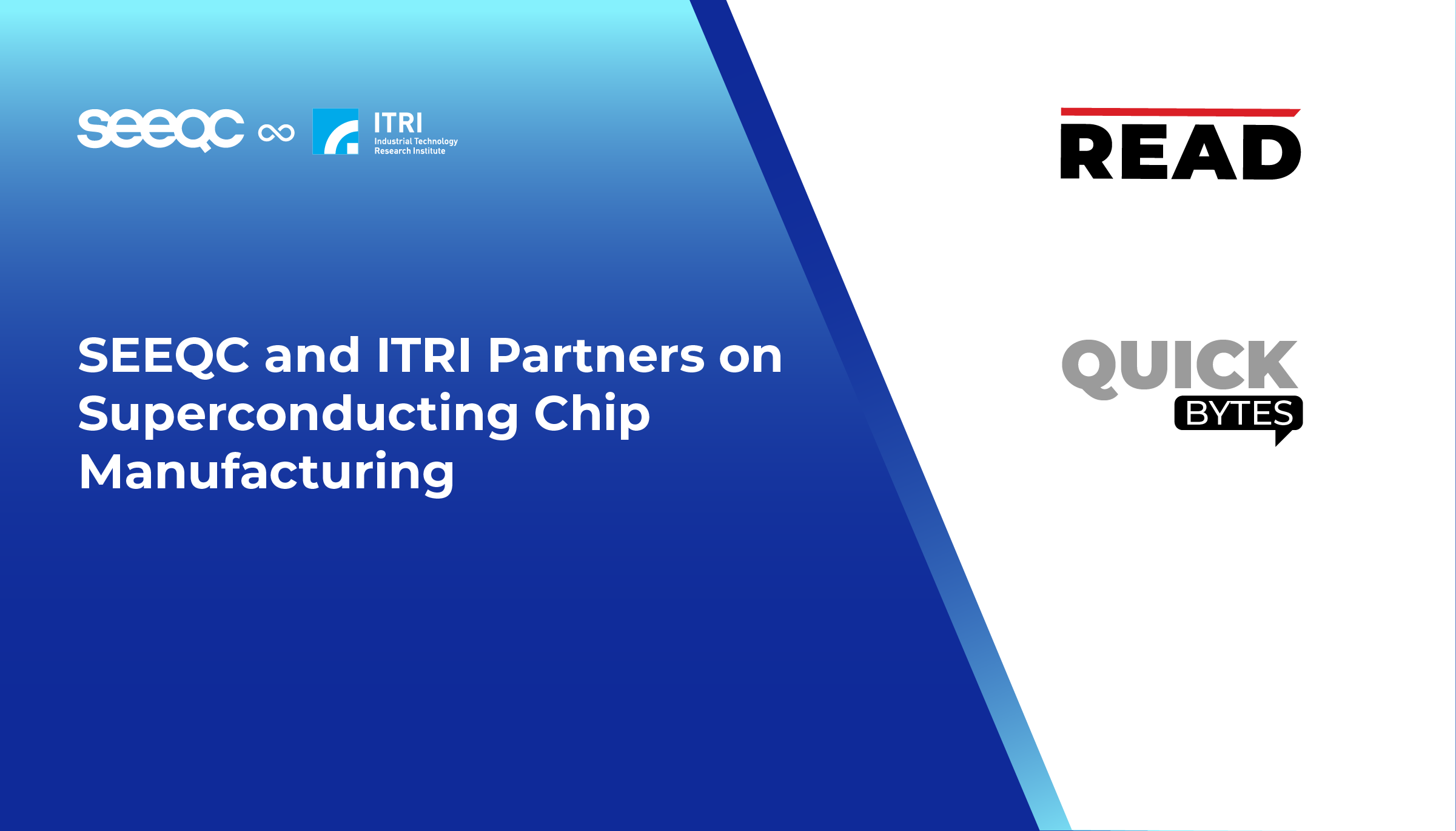The company’s ultra-sensitive biomarker technology supports milestone achievement in establishing a method for clinicians to identify and interpret elevated values of sNfL in children and adolescents.
Quanterix Corporation, a company fueling scientific discovery and breakthrough diagnostics through ultrasensitive biomarker detection, announced that its Simoa technology supported a large international study to establish sNfL reference ranges to assess neurological disease activity in children and adolescents, according to a recent study published in The Lancet Neurology. Researchers from the University Hospital Basel and University of Basel, led by Professor Jens Kuhle, leveraged Simoa’s ability to precisely detect the sNfL protein at ultra-low levels, enabling a large-scale international study in which sNfL could be reliably measured across a spectrum of healthy persons ranging in age from neonatal to adolescence.
The Blood Neurofilament Light Chain (NfL) is an innovative biomarker that specifically indicates neuroaxonal health. However, its clinical application has been constrained due to the lack of established reference ranges for children and adolescents. Accurate monitoring of neuroaxonal injury in neurologic and systemic diseases is of pivotal importance at population and individual patient levels. In the pediatric population, tools capturing neuroaxonal injury with high specificity would substantially facilitate early and accurate detection of conditions associated with short- and long-term neurological disabilities with considerable socioeconomic impact. This may also accelerate clinical trials evaluating the expanding library of targeted causal and disease-modifying treatments.
“By utilizing Simoa’s ultra-sensitive technology, our research team has been able to reach this milestone achievement for two major cohorts of children and adolescents in Europe and North America,” said Jens Kuhle, Professor and Head of the Neuroimmunology Unit and Multiple Sclerosis Center at the University Hospital Basel. “Measurement of serum NfL concentrations has the potential to substantially contribute to counseling of children and their parents and adolescents with neurological conditions, representing a significant driver of pediatric disability concerns worldwide. The European Medicines Agency has recently called introducing age-adjusted reference values for NfL a top research priority in this context.”
Also Read: Octave Bioscience Closes $30M Extension to Series B Funding
The study, “Serum neurofilament light chain reference database for individual application in pediatric care,” is the most comprehensive study within this population to date, examining 2,667 samples from donors spanning different ages, an important factor known to affect sNfL values. Persons with neurological conditions were excluded from the reference range cohorts. Because of the diverse patient set, this study helped establish a statistically robust reference database, which can be used in conjunction with a new internet-based method to support clinicians when interpreting results of sNfL levels in individual children and adolescents aged 18 years old or younger. Establishing normative values for sNfL for pediatric cases provides a vital advance to overcome some of the existing constraints, paving the way for the clinical application of blood NfL in this population.
“sNfL measurements represent an important opportunity to advance the care of children with neurological conditions,” said Masoud Toloue, CEO at Quanterix. “Age-adjusted reference ranges for children expands the utility of blood NfL measurements to this population group and enables physicians to interpret what is ‘normal’ and ‘abnormal’ NfL in a quantitative and individual way in this age group for the first time. A particular advantage of the high sensitivity of the digital Simoa NfL assay is the ability to precisely measure NfL from small sample volumes, such as heel sticks from neonatal children, or even from dried blood spots. This allows a single platform to be used for all types of patients and sample types.”
“With the recent addition of NfL to our expanding menu of CLIA-validated lab developed tests, we are aiming our ground-breaking Simoa technology at neurological diseases across a large spectrum of patients, including children. For example, recent data suggest sNfL may be a suitable biomarker for disease activity in children with spinal muscular atrophy in the initial stages of the disease during early childhood. The clinical potential and impact of blood NfL continues to expand, both as a single assay and in combination with other biomarkers, and we look forward to further growing our menu of clinically validated Simoa assays toward improving clinical care,” continued Toloue.
SOURCE: BusinessWire




